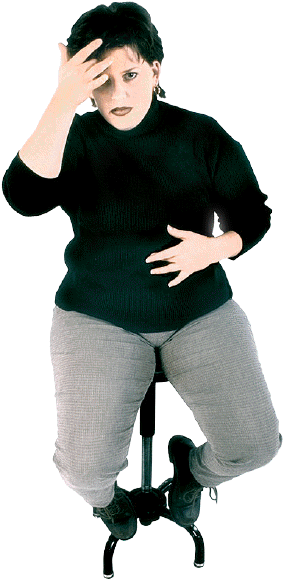The U.S. Public Health Service indicates that approximately 60 million Americans have high blood pressure, and more than half of the Americans over the age of sixty-five have high blood pressure.
Blood pressure is dependent on output from the heart, blood vessel flexibility and resistance to blood flow, volume of blood, and blood distribution to organs. Hormones and the nervous system affect all of the above factors.
Over 80% of high blood pressure patients are in the moderate problem range, and can bring their blood pressure under control through changes in diet and lifestyle instead of drugs. Head-to-head comparisons have proven nondrug therapies superior to drugs in cases of borderline-to-mild hypertension.
Avoidance of drugs is more prevalent since studies have proven that antihypertensive drugs (typically diuretics and/or beta-blockers) may be producing the very thing they are trying to prevent, A Heart Attack.
 These drugs also cause the side effects of fatigue, headaches, and impotence. Choosing supplements and lifestyle changes is much less invasive.
These drugs also cause the side effects of fatigue, headaches, and impotence. Choosing supplements and lifestyle changes is much less invasive.
In fact almost every medical authority, including the Joint National Committee on Detection, Evaluation, and Treatment of High Blood Pressure recommends nondrug therapies be used for borderline-to-mild hypertension.
For example, an examination of drug treatment for hypertension presented in The American Journal of Cardiology states "Few patients with uncomplicated marginal hypertension require drug treatment. ... There is little evidence these patients (with marginal hypertension) will achieve enough benefit to justify the costs and adverse effects of antihypertensive drug treatment." [E. Freis. "Rationale Against the Drug Treatment of Marginal Diastolic Systemic Hypertension." v.66. (1990): p.368-371.]
Drugs are big business, and yearly sales of blood pressure medications are estimated to be greater than ten billion dollars. Since 50% of high blood pressure patients are borderline-to-mild hypertensive, the changeover of these patients to nondrug options could mean a loss of more than five billion dollars to the drug companies each year. A nondrug protocol would also mean a significant loss to physicians who obtain repeat visits from individuals for their periodic prescriptions and/or for treatment of drug side effects.
For some this "financial profit" viewpoint may seem insulting. But it is validated by a 1992 article published in the Journal of the American Medical Association (JAMA) entitled "Which Antihypertensive Drugs First--and Why!" This article states that "Treatment of hypertension has become the leading reason for visits to physicians as well as for drug prescriptions." The reason for this extreme variance from broadly recommended nondrug options must be money; the only other alternative is medical professionals who are medically ignorant!
Cardiovascular Drugs
Return to Main Cardiovascular Disease Page